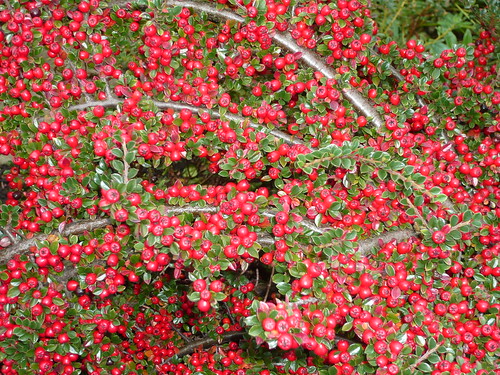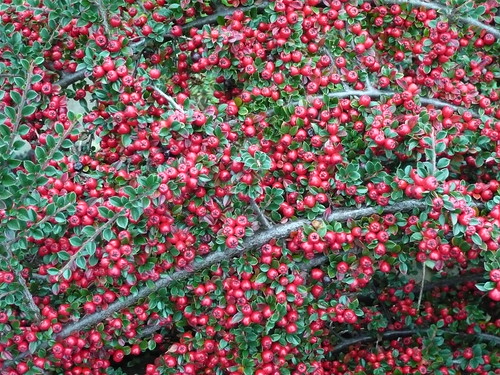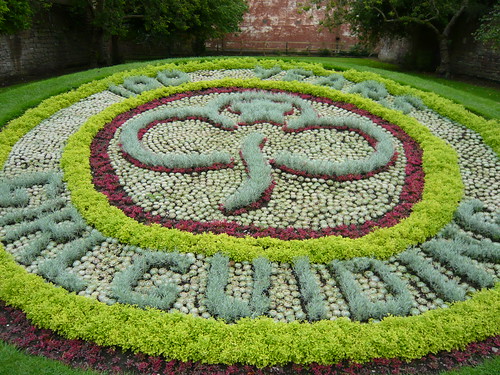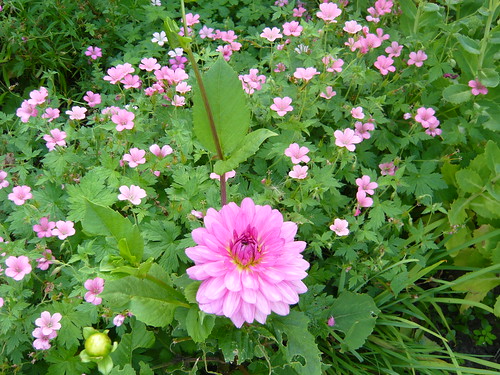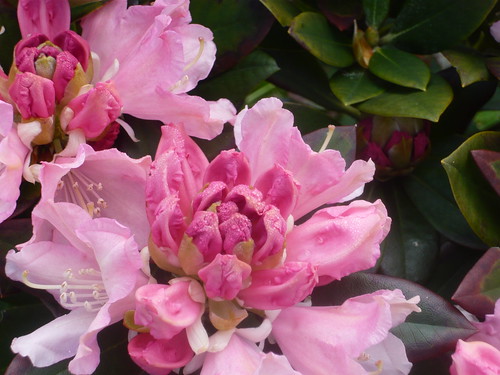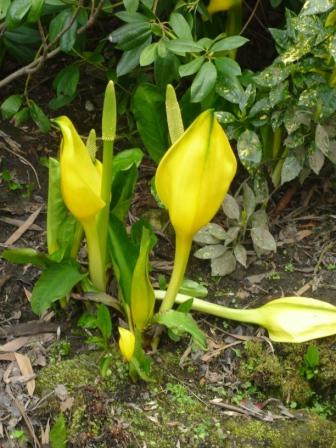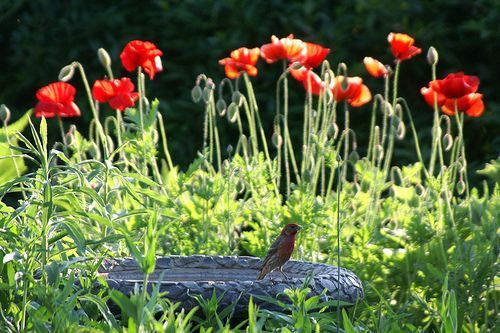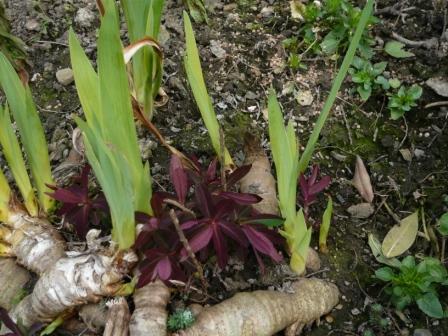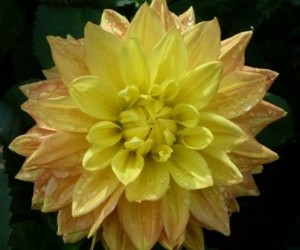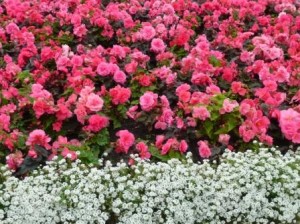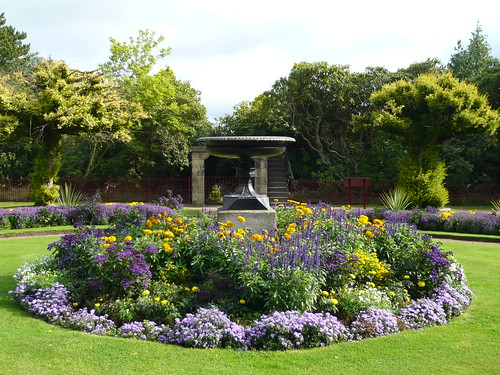
Not everyone has the space or finances to design and stock a formal garden on this scale but a bit of design thought can go a fairway to achieving your objectives. Gardening is primarily about plants but the setting, presentation and juxta-positioning combine to make your unique garden design. The best tip I can give is ‘design to suit and please yourself’ as you are the one who will be spending most time in the garden.
Stages of Garden Design
Make a wish list of your priorities and the features you would like to incorporate or remove. You may not like all features equally so grade priorities or mark them into order eg Essential Flowerbed, Lawn, Garden seat, Vegetable patch – Desirable Compost heap, Shrubs, Greenhouse, Fruit trees – Optional Pond, Patio, Rock garden, Wildlife area, Sculpture etc.
Measure and sketch the garden taking into account the fall or slope of the land. Mark the sun, prevailing wind and rain shadows on the plan. Make your first mistakes on paper it will be easier and cheaper to correct.
Put the plan on to gridded paper so you can do the plan to scale. Cutouts may help. Start with permanent features like the house, boundaries and fixtures that you know will not move. Do several sketches to explore ideas and do not worry about individual plants at this stage they can change. Look at garden books and photographs for inspiration if you are struggling.
When you get the bones of a design that you like, fill it out with textures like paths and focal points but still resist planting schemes. Peg out the design on the ground, using rope for curves, so you can get a better feel.
Prepare a planting plan to give shape and character starting with tall and feature plants. Keep an eye on planting distance, height and spread of chosen plants. Check compatability, colour shape and form so you plant to achieve a harmonious design. Finally fill in with low growing plants and ground covers.
Drafting your formal garden design on paper gives you opportunity to test ideas and visualise what might be possible. It can and should be a happy and interesting prelude to your garden implementation phase.
Check out the BBC for design ideas
